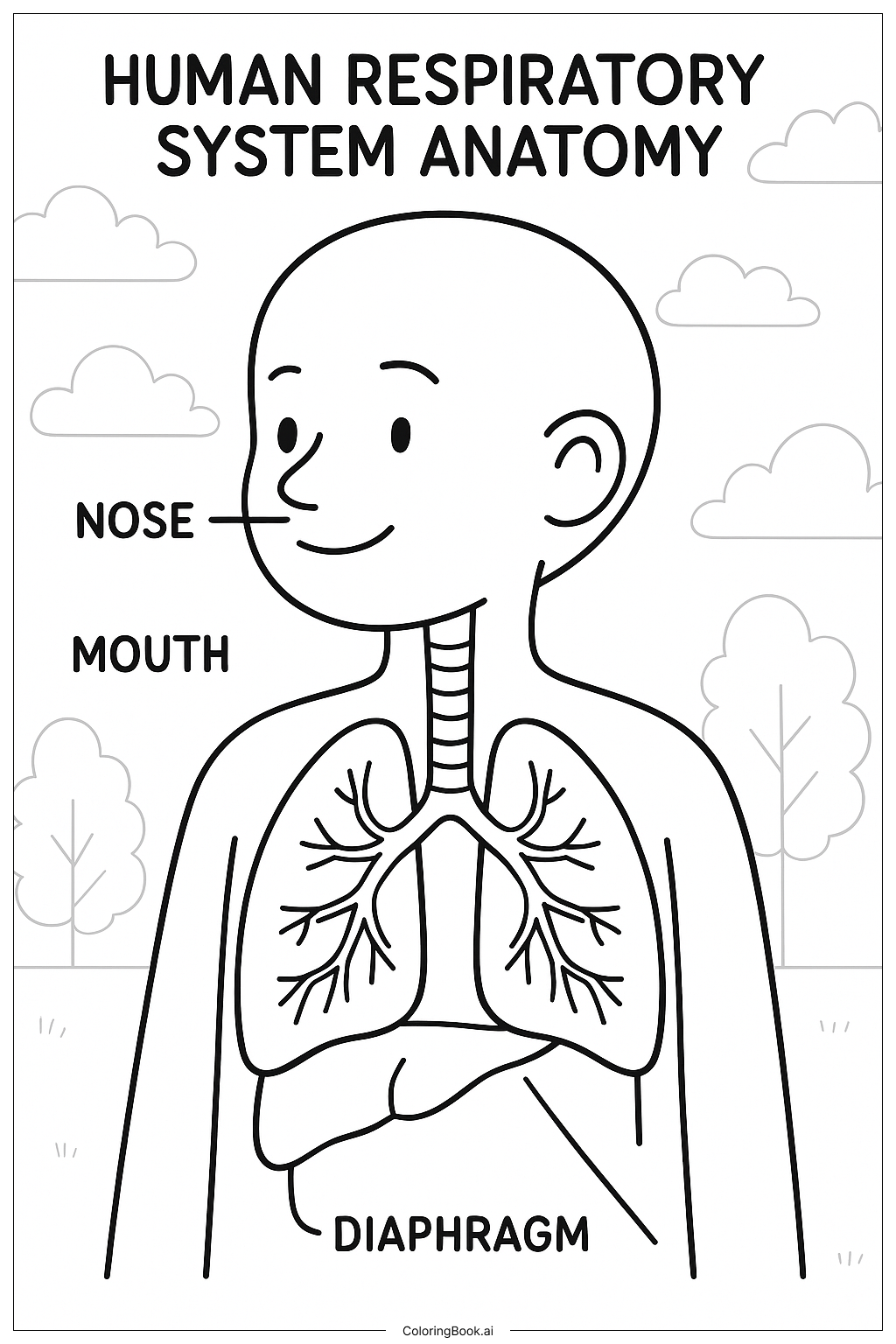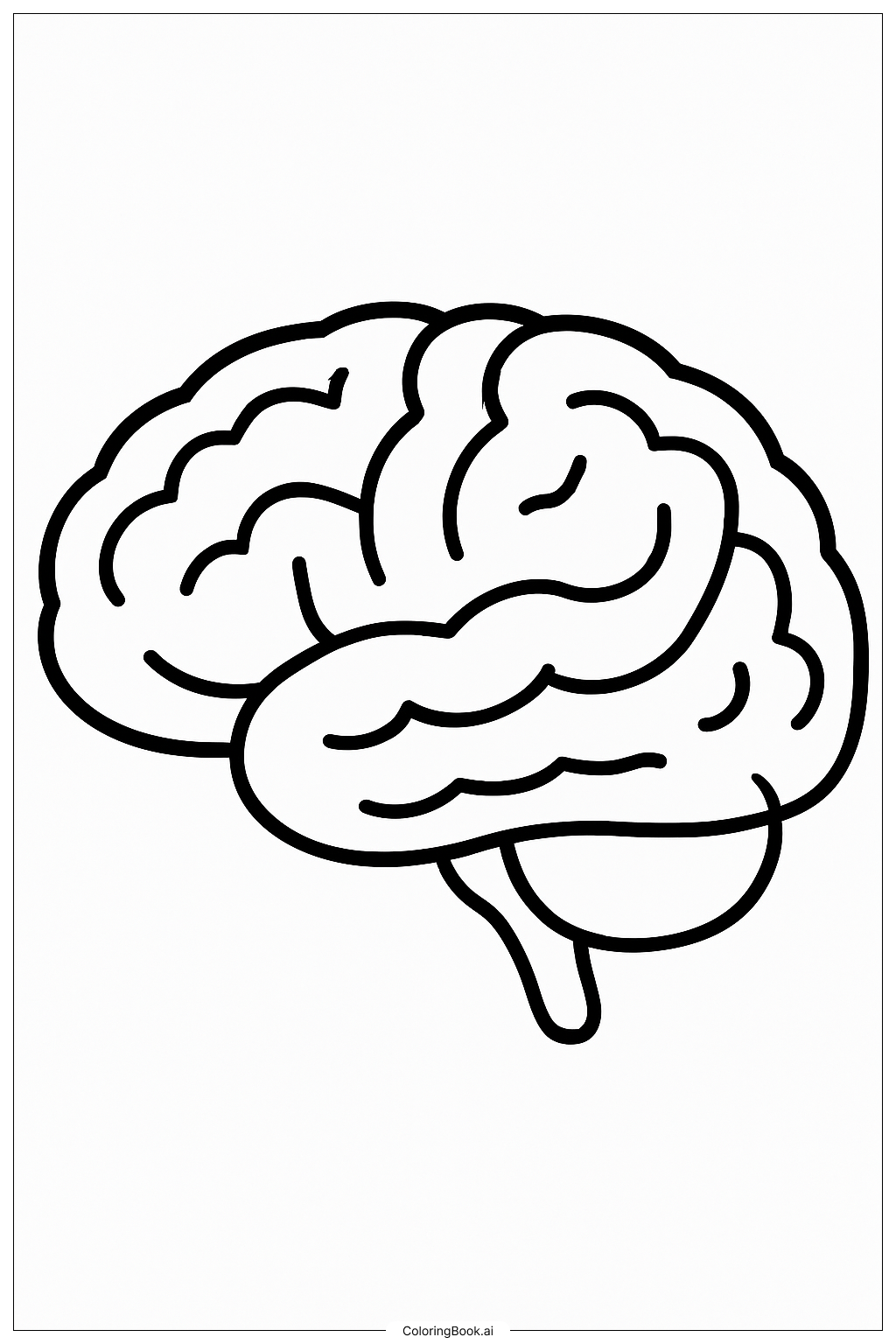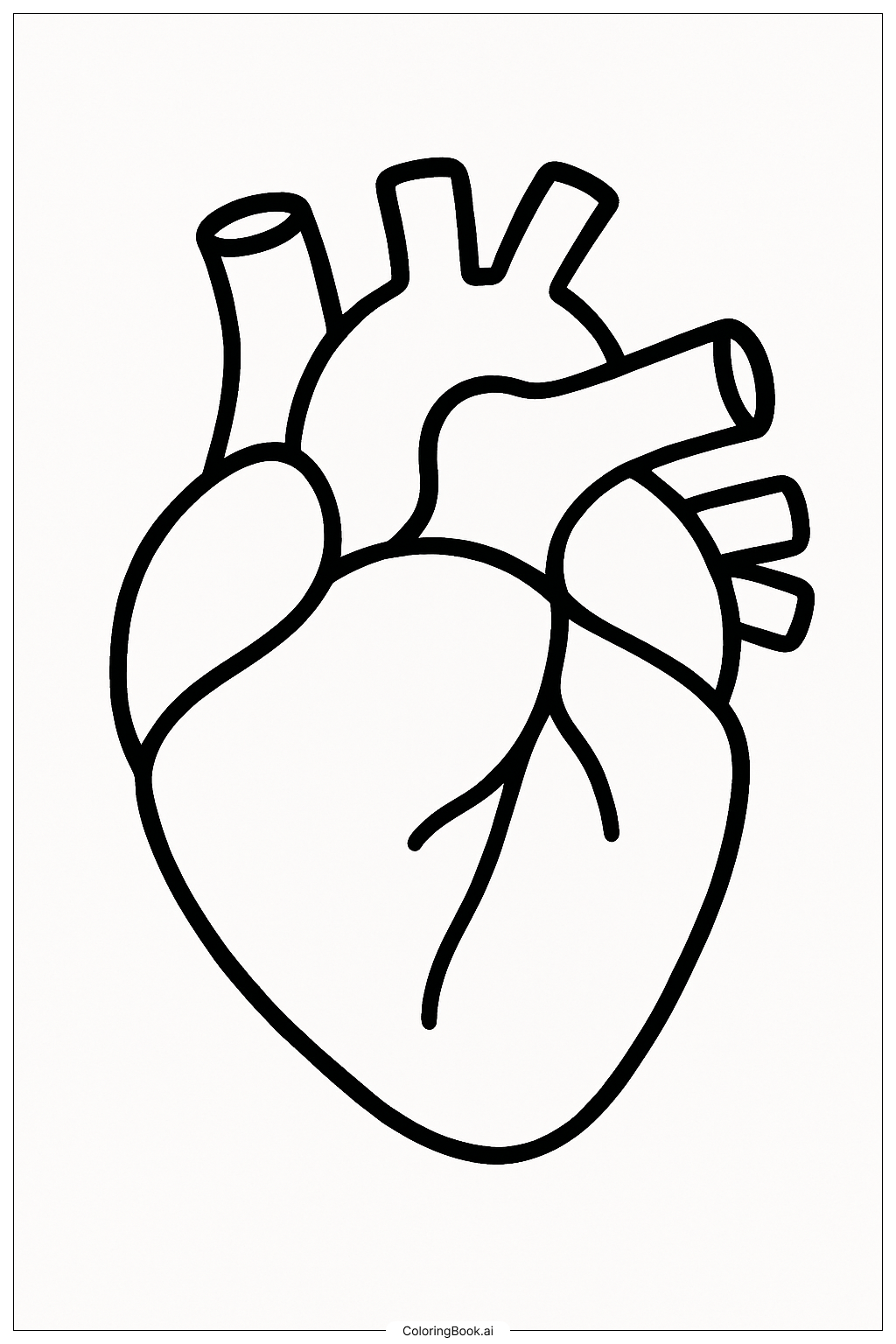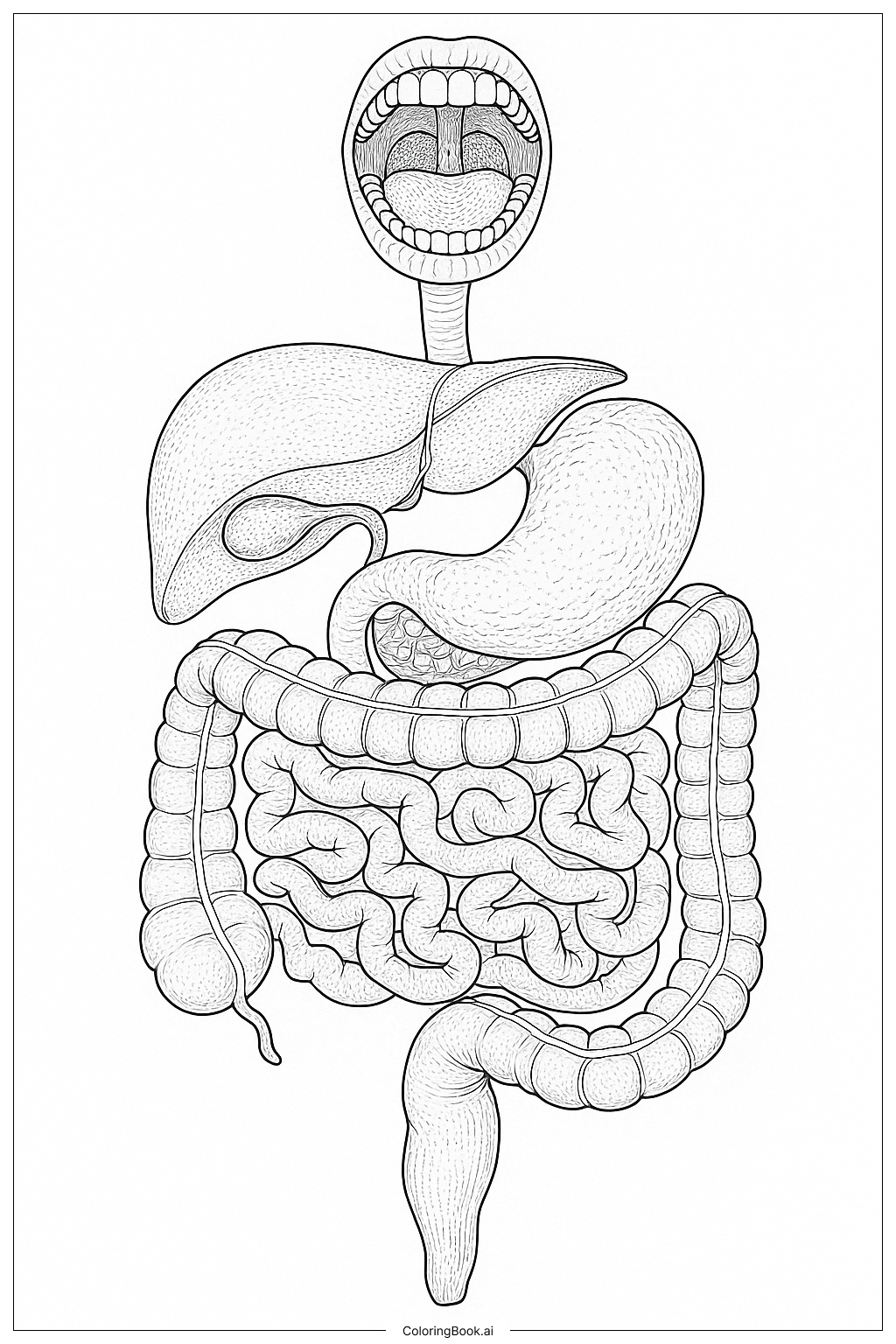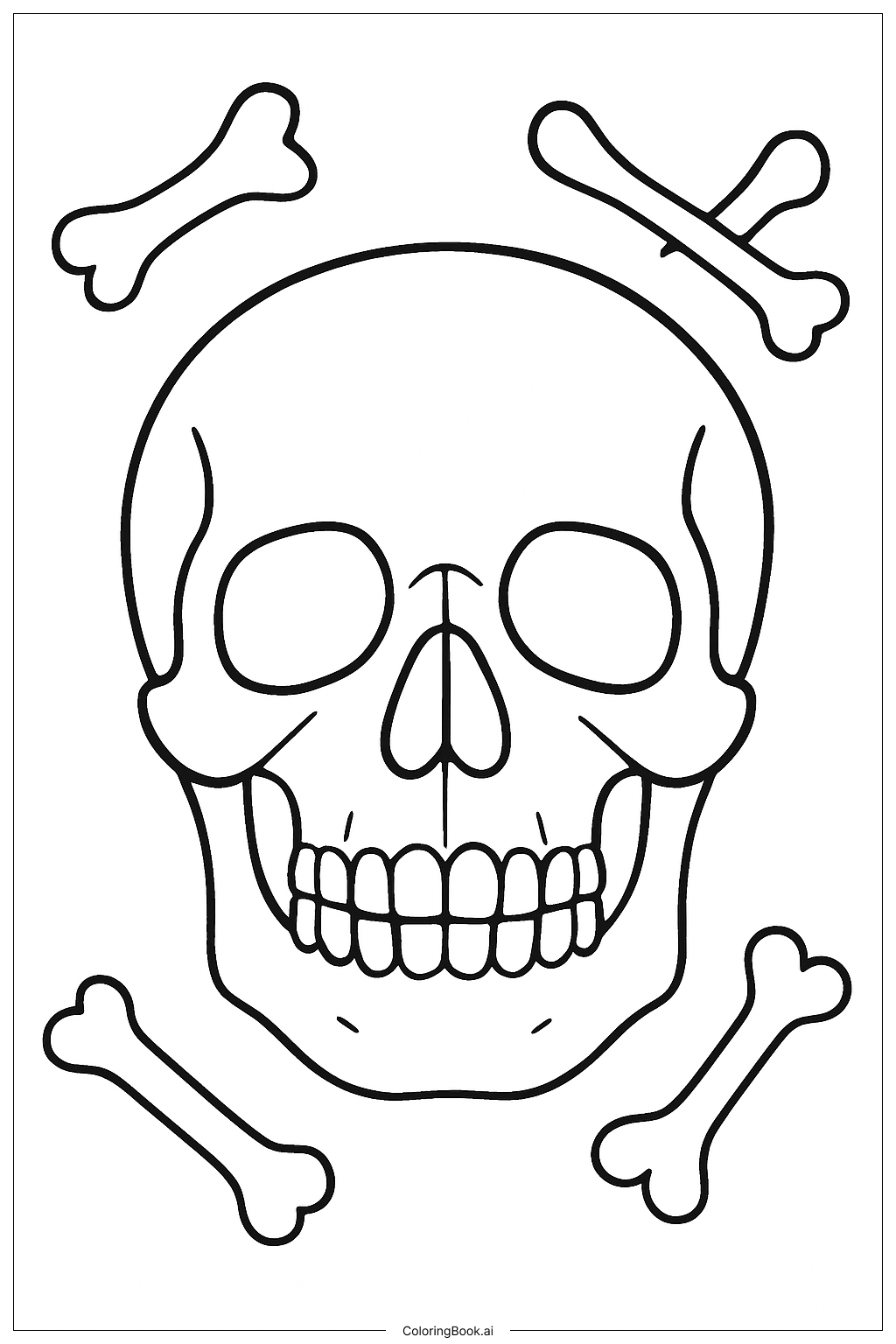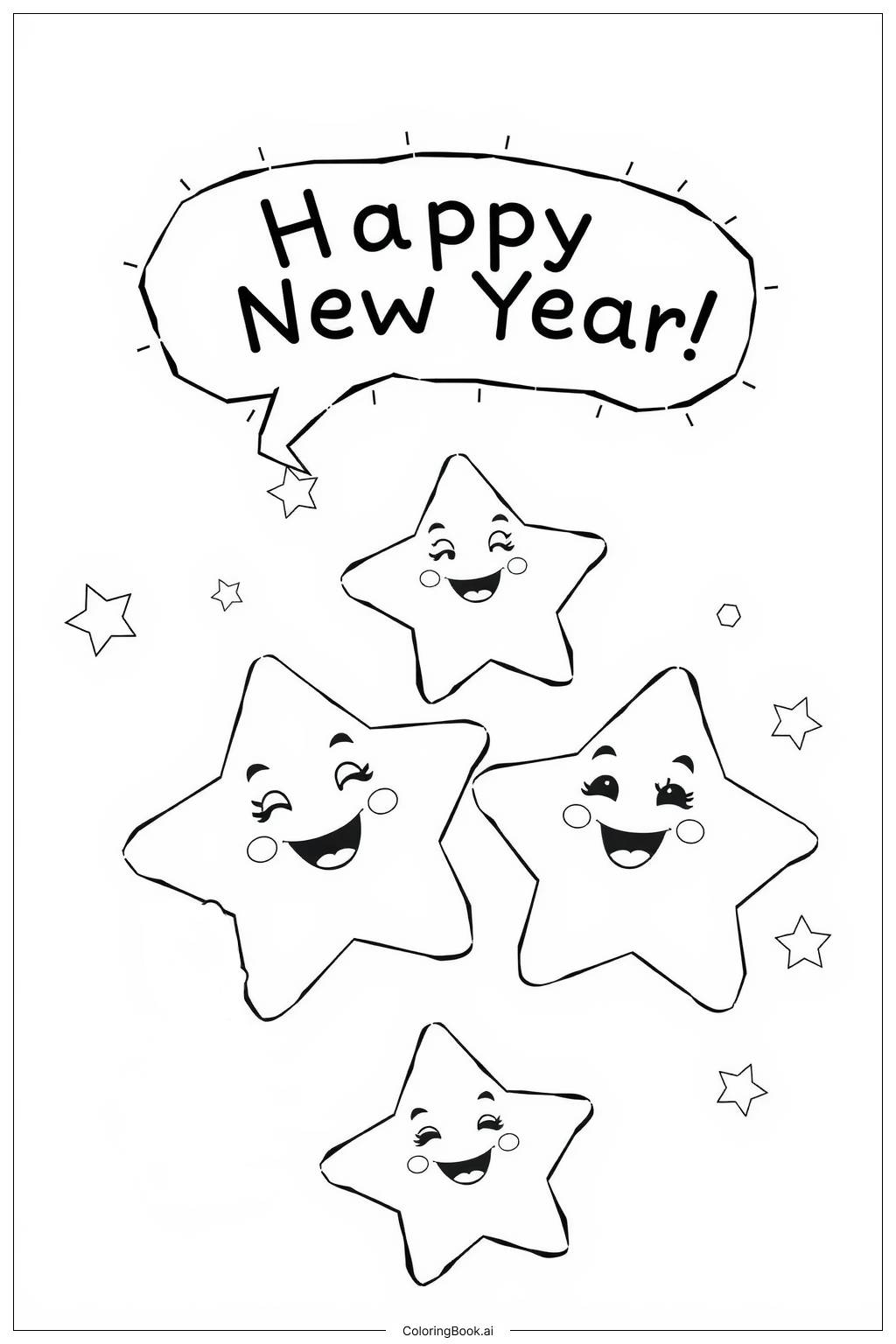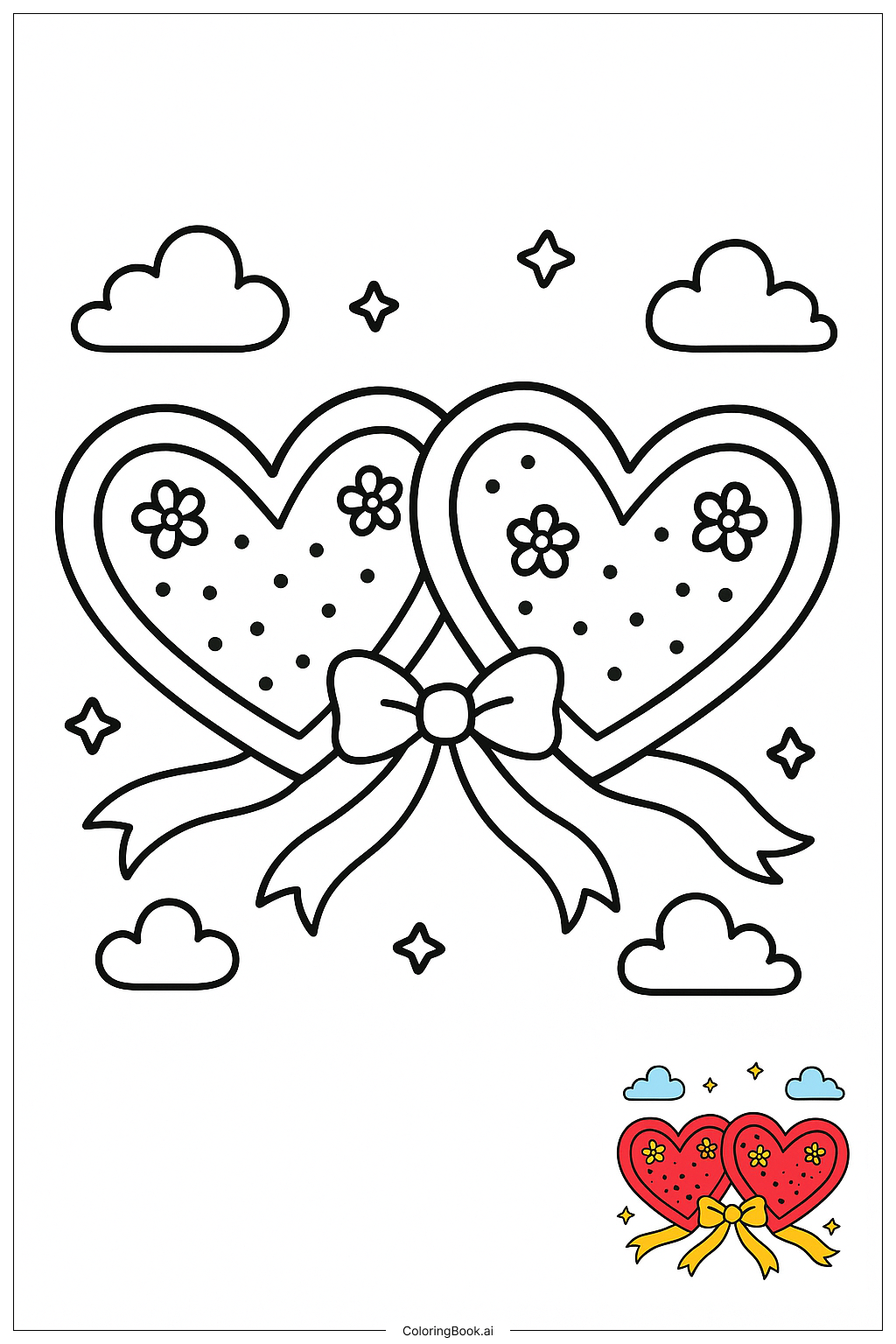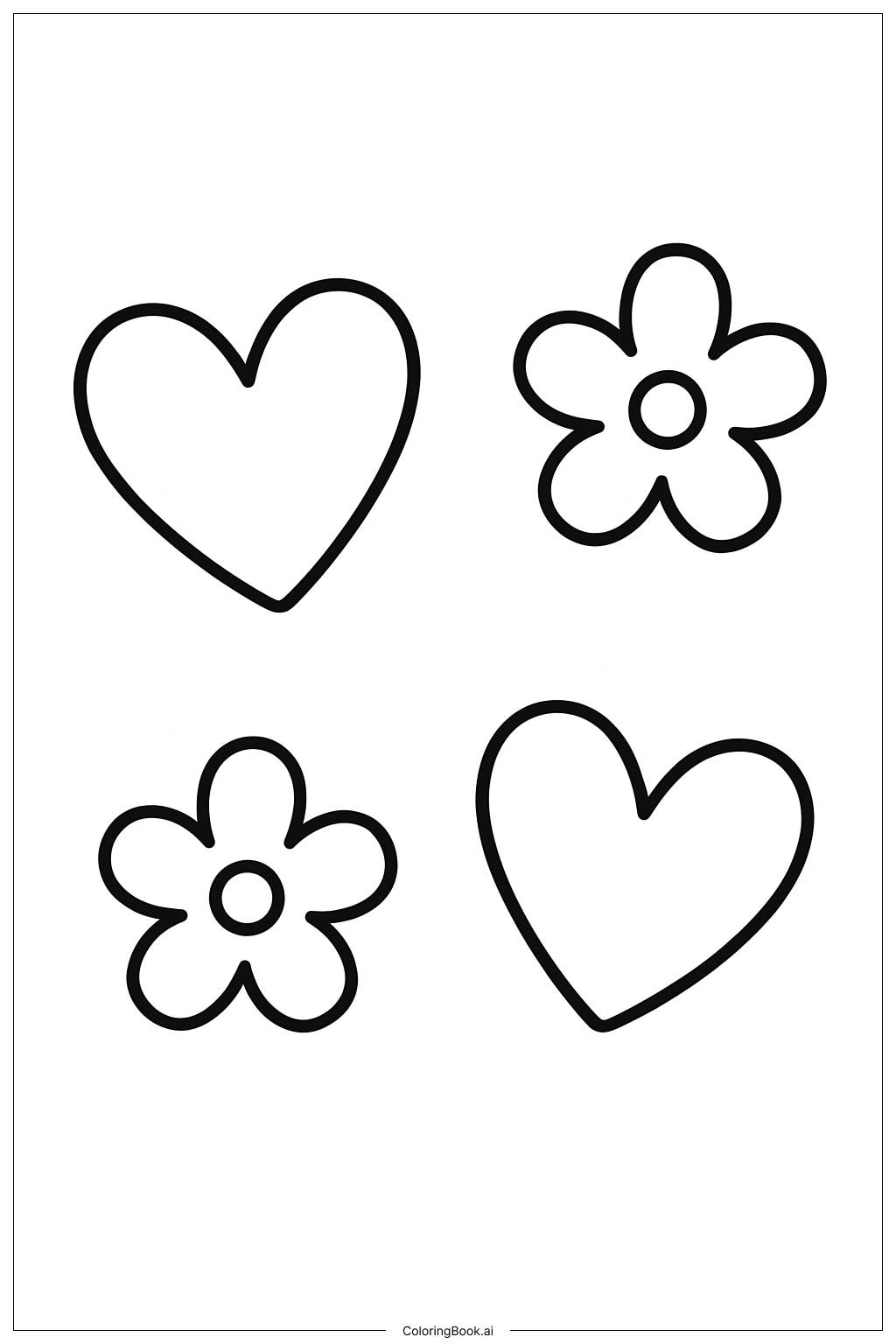Coloring tips: How to color Human Respiratory System Anatomy coloring page well?
Use soft colors for the lungs, like pink or light red, to make them look healthy and natural. Color the nose and mouth in light skin tones or a light red shade. The diaphragm can be colored in a light yellow or beige to make it stand out. You can use different shades for the background like blue for the sky and green for the trees to make the picture more lively. Try to stay inside the lines for a neat coloring result.
Coloring challenges: Which parts are difficult to color and need attention for Human Respiratory System Anatomy coloring page?
1. The small branches inside the lungs can be tricky to color because they are thin and close together.
2. Staying within the narrow parts of the trachea (windpipe) needs careful coloring.
3. The curved shapes of the nose, mouth, and diaphragm might be hard to color smoothly.
4. Coloring the background clouds and trees evenly without making it messy can be a challenge.
5. Choosing the right colors to show different parts clearly may need some planning.
Benefits of coloring books: Advantages of drawing Human Respiratory System Anatomy coloring page
Coloring this picture helps kids learn about the human respiratory system in a fun way. It improves focus and hand-eye coordination. By coloring different parts, children can remember the names and locations of the nose, mouth, lungs, and diaphragm. It also encourages curiosity about how breathing works. Overall, it supports learning science while developing fine motor skills and creativity.
